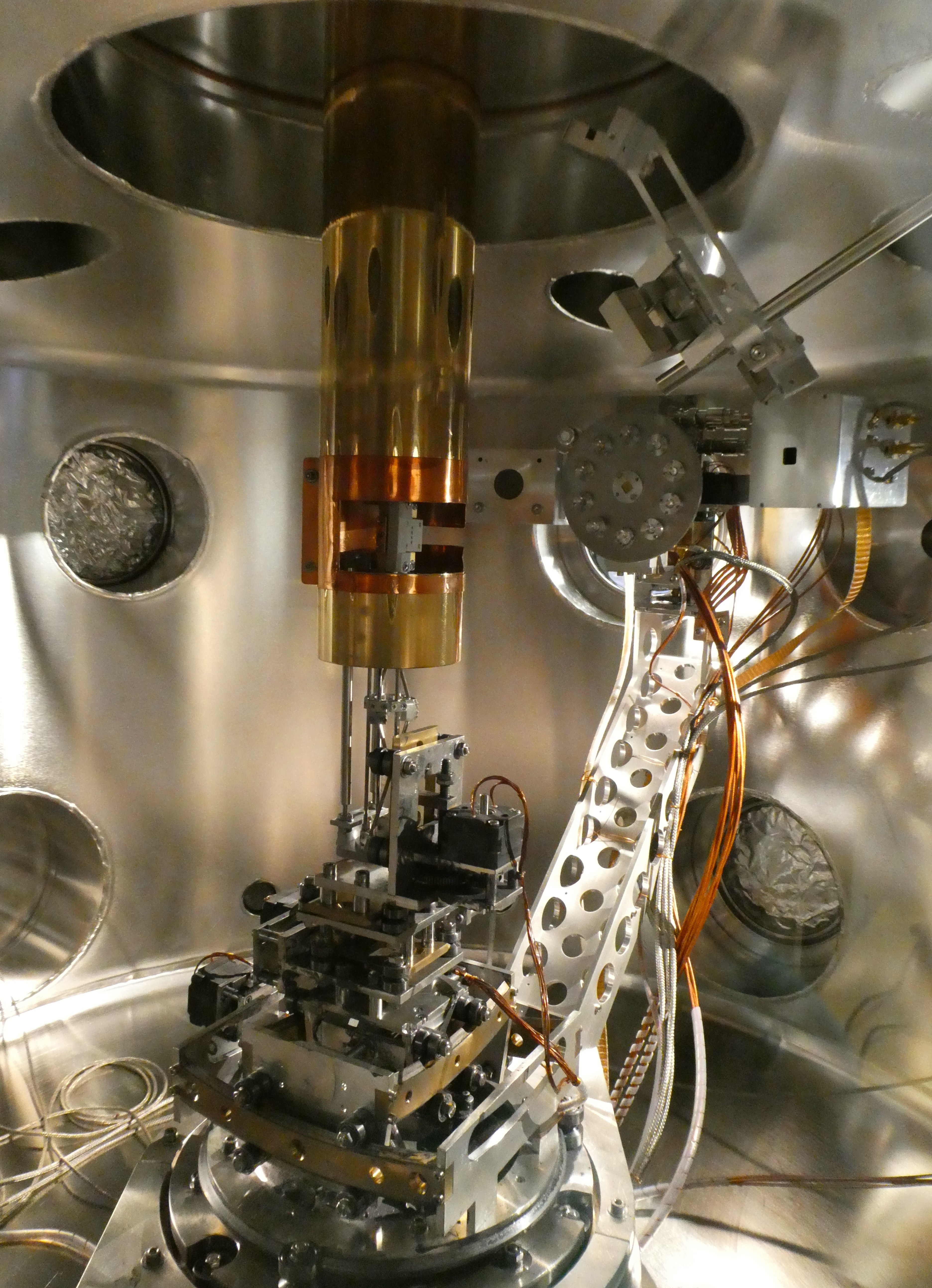
News and Updates
Research Highlights
-
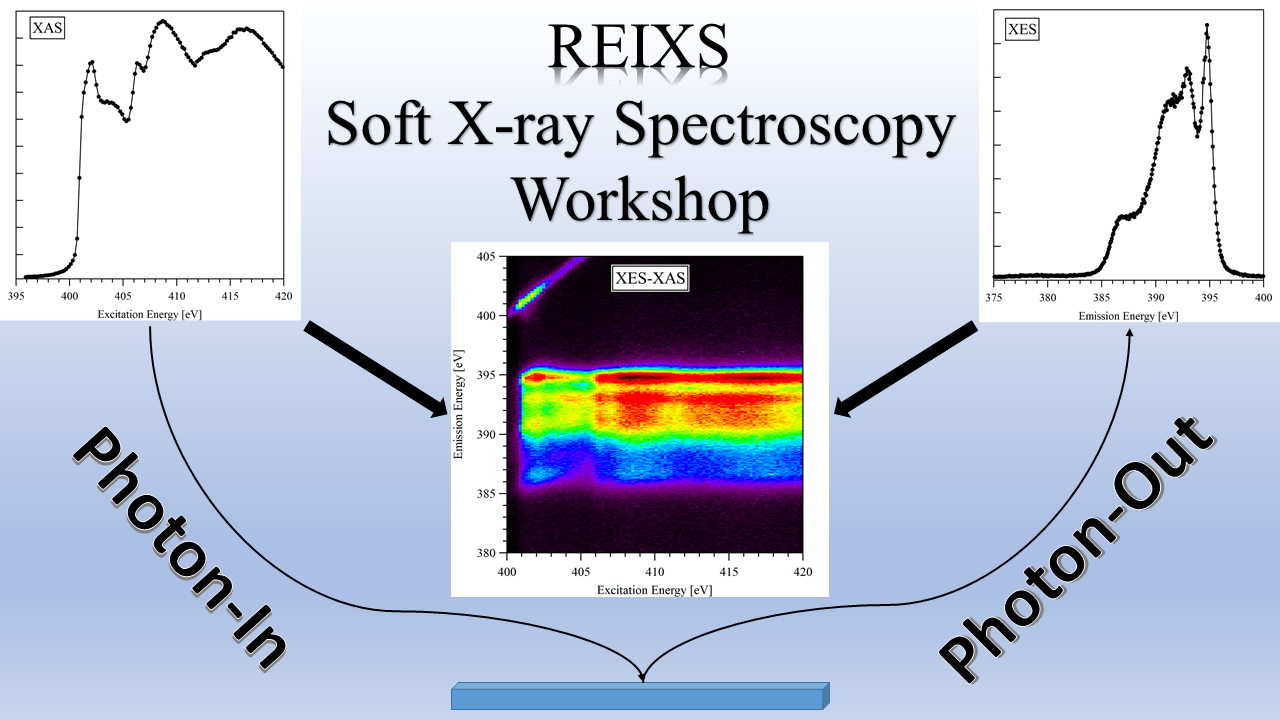
Posted on March 16, 2023News : REIXS Soft X-ray Spectroscopy Workshop
The CLS will be hosting this two-day virtual workshop on June 19-20, 2023. The first day will introduce prospective users to X-ray Emission Spectroscopy (XES) and its applications. The second day will provide current users with tutorial sessions on REIXS spectroscopy data analysis and simulation.
-
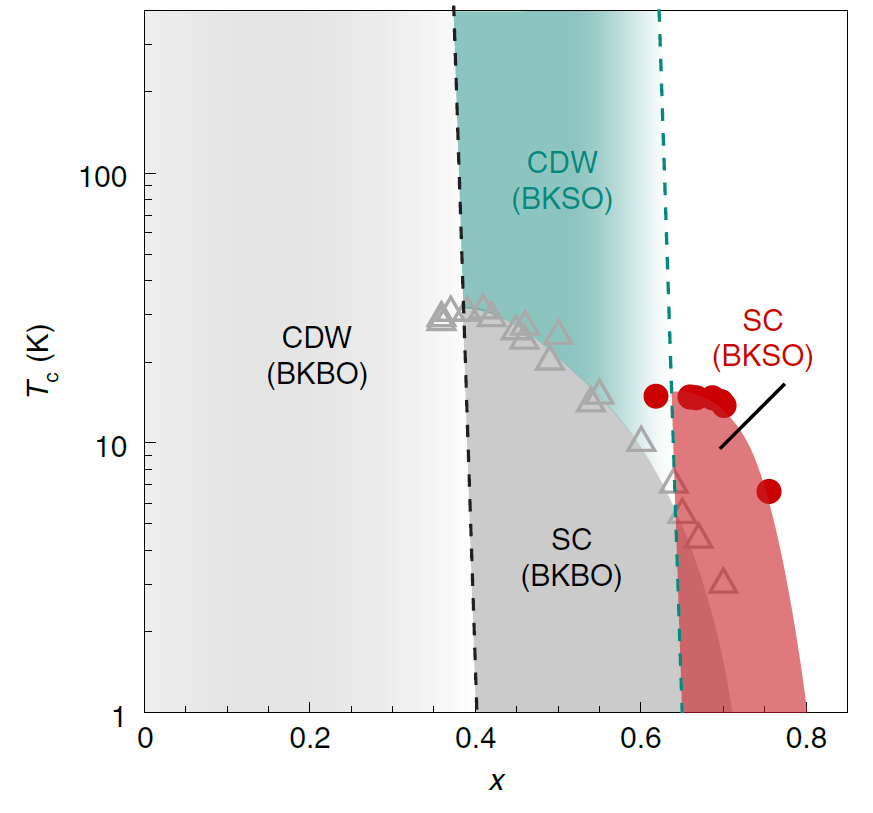
Posted on March 02, 2022Research Highlight : Superconductivity in (Ba,K)SbO3
A collaborative work involving scientists from Max-Planck Institute for Solid Sate Research in Stuttgart (Germany), University of British Columbia (Canada), University of Saskatchewan (Canada), University of Tokyo (Japan), ISIS facility in Oxon (United Kingdom) and Canadian Light Source (Canada) has resulted in a publication in Nature Materials. Utilizing high-pressure high-temperature synthesis route, Minu Kim et. al were able to fabricate antimony-based superconductors, Ba1−xKxSbO3 (BKSO), which has a similar perovskite structure with the well-studied sibling compounds, bismuth-based superconductors, Ba1−xKxBiO3 (BKBO). It is shown that the charge density wave gap in the parent BaSbO3−δ is larger and the oxygen–metal charge transfer energy in doped BKSO is inverted (namely, positive value) as compared to that in the (Ba,K)BiO3 counterparts. Oxygen K-edge xray absorption spectroscopy reveals the weakened oxygen hole charactes, consistent with its positive charge transfer value. Furthermore, similar to the behaviour in cuprate superconductors after the hole-doping, the charge density wave in BKSO is suppresed via potassium substitution up to 65%, in which superconductivity emerges witht the Tc up to 15 K. The discovery of an enhanced charge density wave gap and superconductivity in (Ba,K)SbO3 indicates that strong oxygen–metal covalency may be more essential than the sign of the charge transfer energy in the main-group perovskite superconductors.
-
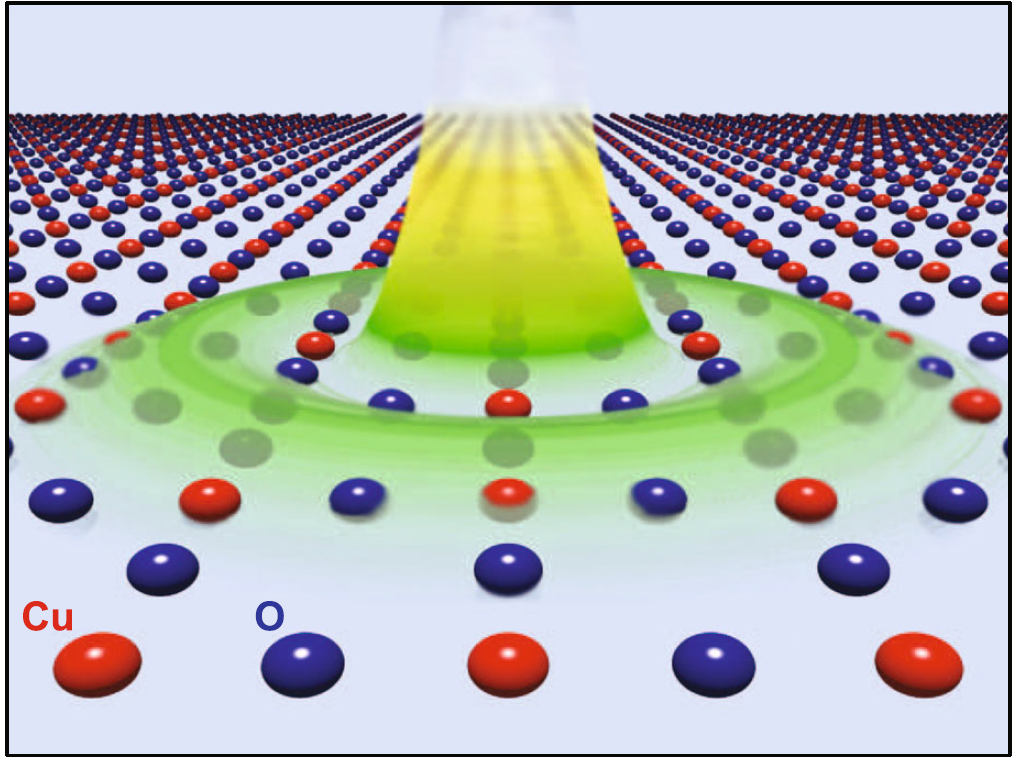
Posted on January 29, 2021Research Highlight : The observation of quasi circular pattern in Bi2212
By combining energy-resolved and energy-integrated resonant soft x-ray scattering experiments, a new piece of information regarding the electronic correlation in the copper oxide plane of Bi2Sr2CaCu208+d (Bi2212) compounds has been revealed. Here we discover that the valence charge ordering, that competes with superconductivity, has dynamically formed a quasi circular pattern with its radius matching with the periodicity of the static charge order. It is indicated that a proposed non-monotonic Coulomb interaction as a result of both short- and long-range electron-electron interactions is effectively responsible for the occurrence of the distinct ring-like dynamic pattern. The inclusion of the Coulomb interactions may naturally be necessary for a complete theoretical description of the cuprates system.
-
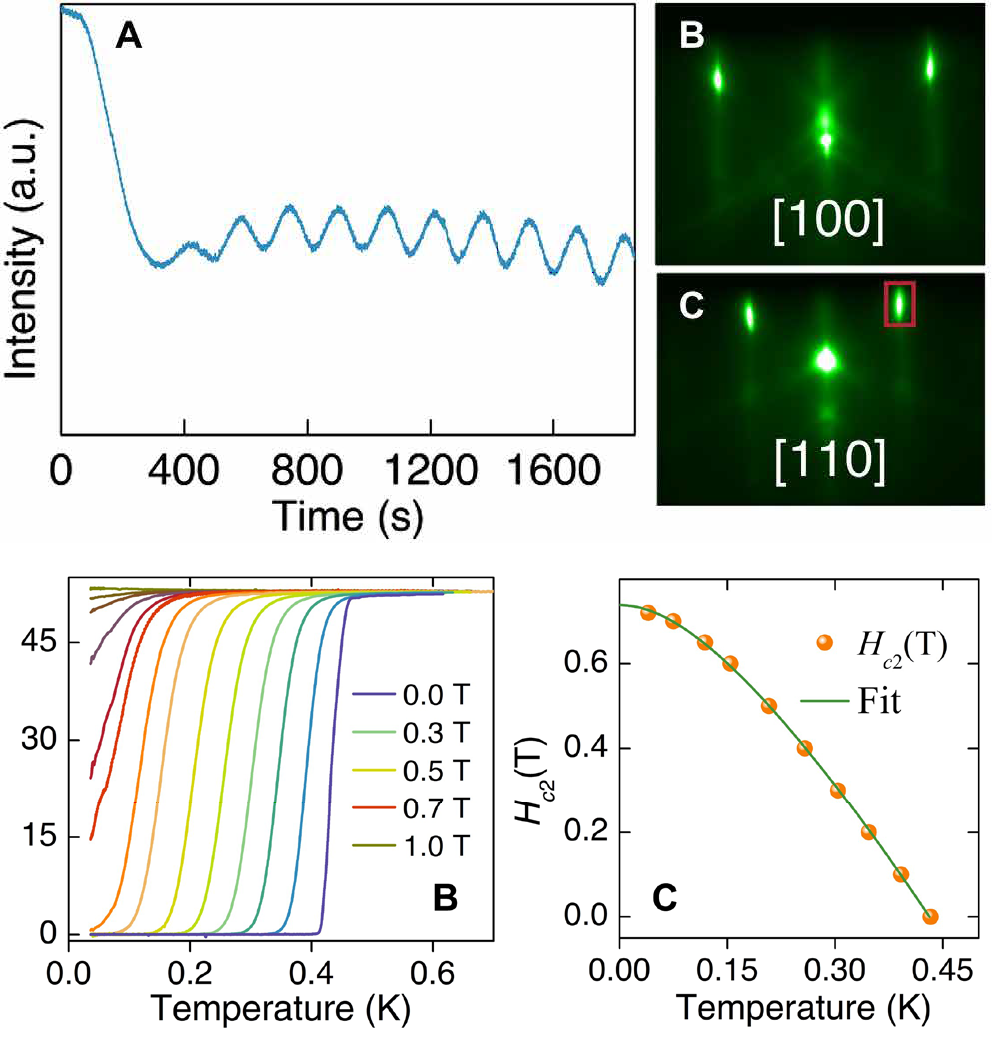
Posted on January 27, 2021Research Highlight : High-quality single-crystalline epitaxial TiO film
We have successfully found a growth recipe for stabilizing a binary oxide material with a simple rocksalt structure but difficult to find in nature, namely titanium monoxide (TiO) film using molecular beam epitaxy (MBE) technique. The combination of in-situ spectroscopies capability at the REIXS beamline, ex-situ film characterizations, as well as band structure studies using density functional theory and tight binding model has led us to understand the important role of oxygen and titanium ions in the system. It behaves not only metallic but also superconducting, completely different behavior as compared to other transition metal monoxides series. It is important to note that this thin film fabrication was initially explored at the offline facility of the Surface Science Facility of the REIXS beamline (REIXS-SSF).
-
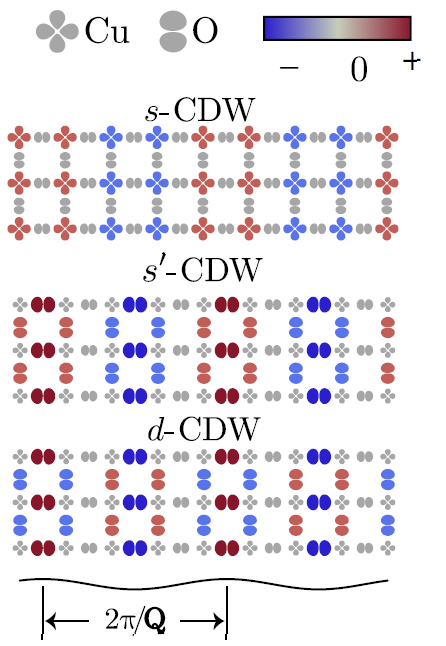
Posted on November 10, 2020Research Highlight : Orbital symmetries of charge density wave order in YBa2Cu3O6+x
Charge density wave (CDW) order has been shown to compete and coexist with superconductivity in underdoped cuprates. Theoretical proposals for the CDW order include an unconventional d-symmetry form factor CDW, evidence for which has emerged from measurements, including resonant soft x-ray scattering (RSXS) in YBa2Cu3O6+x (YBCO). Here, we revisit RSXS measurements of the CDW symmetry in YBCO, using a variation in the measurement geometry to provide enhanced sensitivity to orbital symmetry. We show that the (0 0.31 L) CDW peak measured at the Cu L edge is dominated by an s form factor rather than a d form factor as was reported previously. In addition, by measuring both (0.31 0 L) and (0 0.31 L) peaks, we identify a pronounced difference in the orbital symmetry of the CDW order along the a and b axes, with the CDW along the a axis exhibiting orbital order in addition to charge order.
-
Posted on April 14, 2020Research Highlight : Resonant Soft X-ray Reflectometry and Diffraction Studies of Emergent Phenomena in Oxide Heterostructures
In this report, we will outline resonant soft x-ray reflectrometry (RXR) technique, which has become a powerful technique as it offers not only structural sensitivity with sub-nanometre resolution but also interfacial chemical and valence electron sensitivity. RXR basically adds what is offered by conventional x-ray absorption (XAS) with quantitative depth dependence and enhanced interface sensitivity, which is ideal for studying oxide heterostructures. Firstly, the strong sensitivity of RXR will be demonstrated by studying the simulated reflectivity maps in the absence and presence of the surface and interface reconstruction. Secondly, resonant x-ray diffraction study on the perovsite rare earth nickelates will be highlighted, which is used to uncover a controlled tunability between a non-collinear and a collinear magnetic order as a function of dimensionality.
-
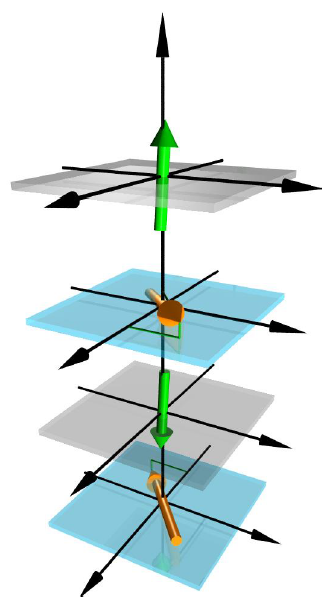
Posted on July 26, 2018Research Highlight : Complex magnetic order in nickelate slabs
Magnetic ordering phenomena have a profound influence on the macroscopic properties of correlated-electron materials, but their realistic prediction remains a formidable challenge. An archetypical example is the ternary nickel oxide system RNiO3 (R = rare earth), where the period-four magnetic order with proposals of collinear and non-collinear structures and the amplitude of magnetic moments on different Ni sublattices have been subjects of debate for decades. Here we introduce an elementary model system—NdNiO3 slabs embedded in a non-magnetic NdGaO3 matrix—and use polarized resonant X-ray scattering (RXS) to show that both collinear and non-collinear magnetic structures can be realized, depending on the slab thickness. The crossover between both spin structures is correctly predicted by density functional theory and can be qualitatively understood in a low-energy spin model. We further demonstrate that the amplitude ratio of magnetic moments in neighbouring NiO6 octahedra can be accurately determined by RXS in combination with a correlated double cluster model. Targeted synthesis of model systems with controlled thickness and synergistic application of polarized RXS and ab initio theory thus provide new perspectives for research on complex magnetism, in analogy to two-dimensional materials created by exfoliation.
-

Posted on October 17, 2016Research Highlight : Quasi-particle interference of heavy fermions in resonant x-ray scattering
Resonant x-ray scattering (RXS) has recently become an increasingly important tool for the study of ordering phenomena in correlated electron systems. Yet, the interpretation of RXS experiments remains theoretically challenging because of the complexity of the RXS cross section. Central to this debate is the recent proposal that impurity-induced Friedel oscillations, akin to quasi-particle interference signals observed with a scanning tunneling microscope (STM), can lead to scattering peaks in RXS experiments. The possibility that quasi-particle properties can be probed in RXS measurements opens up a new avenue to study the bulk band structure of materials with the orbital and element selectivity provided by RXS. We test these ideas by combining RXS and STM measurements of the heavy fermion compound CeMIn5 (M = Co, Rh). Temperature- and doping-dependent RXS measurements at the Ce-M4 edge show a broad scattering enhancement that correlates with the appearance of heavy f-electron bands in these compounds. The scattering enhancement is consistent with the measured quasi-particle interference signal in the STM measurements, indicating that the quasi-particle interference can be probed through the momentum distribution of RXS signals. Overall, our experiments demonstrate new opportunities for studies of correlated electronic systems using the RXS technique.
-
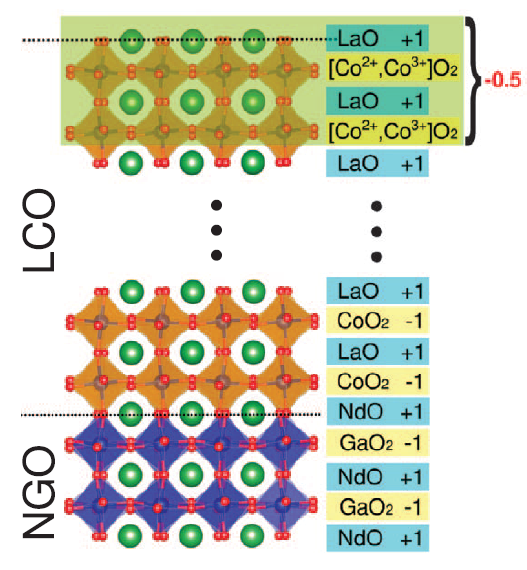
Posted on September 16, 2016Research Highlight : Valence-state reflectometry of complex oxide heterointerfaces
Emergent phenomena in transition-metal-oxide heterostructures such as interface superconductivity and magnetism have been attributed to electronic reconstruction, which, however, is difficult to detect and characterise. Here we overcome the associated difficulties to simultaneously address the electronic degrees of freedom and distinguish interface from bulk effects by implementing a novel approach to resonant X-ray reflectivity (RXR). Our RXR study of the chemical and valance profiles along the polar (001) direction of a LaCoO3 film on NdGaO3 reveals a pronounced valence-state reconstruction from Co3+ in the bulk to Co2+ at the surface, with an areal density close to 0.5 Co2+ ions per unit cell. An identical film capped with polar (001) LaAlO3 maintains the Co3+ valence over its entire thickness. We interpret this as evidence for electronic reconstruction in the uncapped film, involving the transfer of 0.5e− per unit cell to the subsurface CoO2 layer at its LaO-terminated polar surface.
-
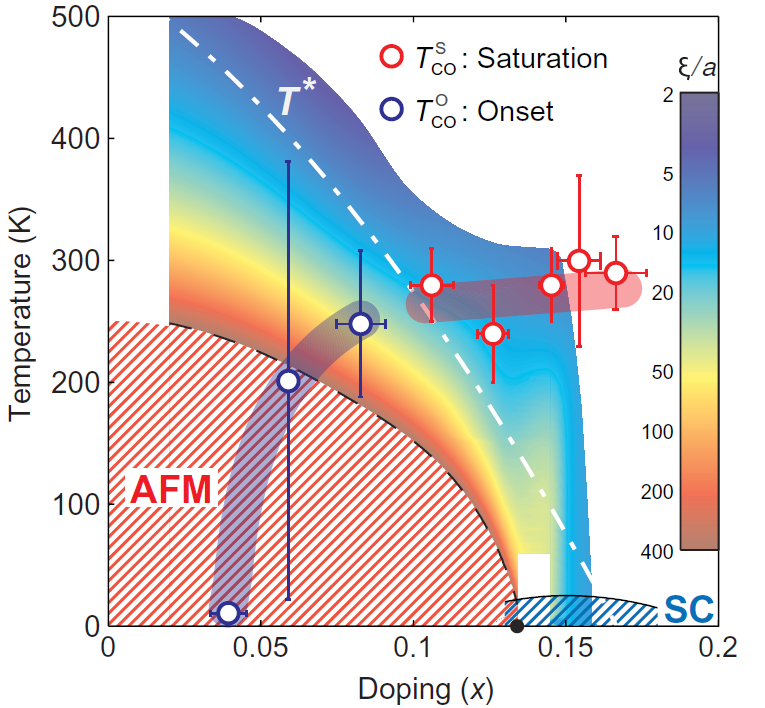
Posted on August 30, 2016Research Highlight : Doping-dependent charge order correlations in electron-doped cuprates
Understanding the interplay between charge order (CO) and other phenomena (for example, pseudogap, antiferromagnetism, and superconductivity) is one of the central questions in the cuprate high-temperature superconductors. The discovery that similar forms of CO exist in both hole- and electron-doped cuprates opened a path to determine what subset of the CO phenomenology is universal to all the cuprates. We use resonant x-ray scattering to measure the CO correlations in electron-doped cuprates (La2−xCexCuO4 and Nd2−xCexCuO4) and their relationship to antiferromagnetism, pseudogap, and superconductivity. Detailed measurements of Nd2−xCexCuO4 show that CO is present in the x = 0.059 to 0.166 range and that its doping-dependent wave vector is consistent with the separation between straight segments of the Fermi surface. The CO onset temperature is highest between x = 0.106 and 0.166 but decreases at lower doping levels, indicating that it is not tied to the appearance of antiferromagnetic correlations or thepseudogap. Near optimal doping, where the CO wave vector is also consistent with a previously observed phononanomaly, measurements of the CO below and above the superconducting transition temperature, or in a magneticfield, show that the COis insensitive to superconductivity.Overall, these findings indicate that, although verified in theelectron-doped cuprates, material-dependent details determine whether the CO correlations acquire sufficientstrength to compete for the ground state of the cuprates.
-
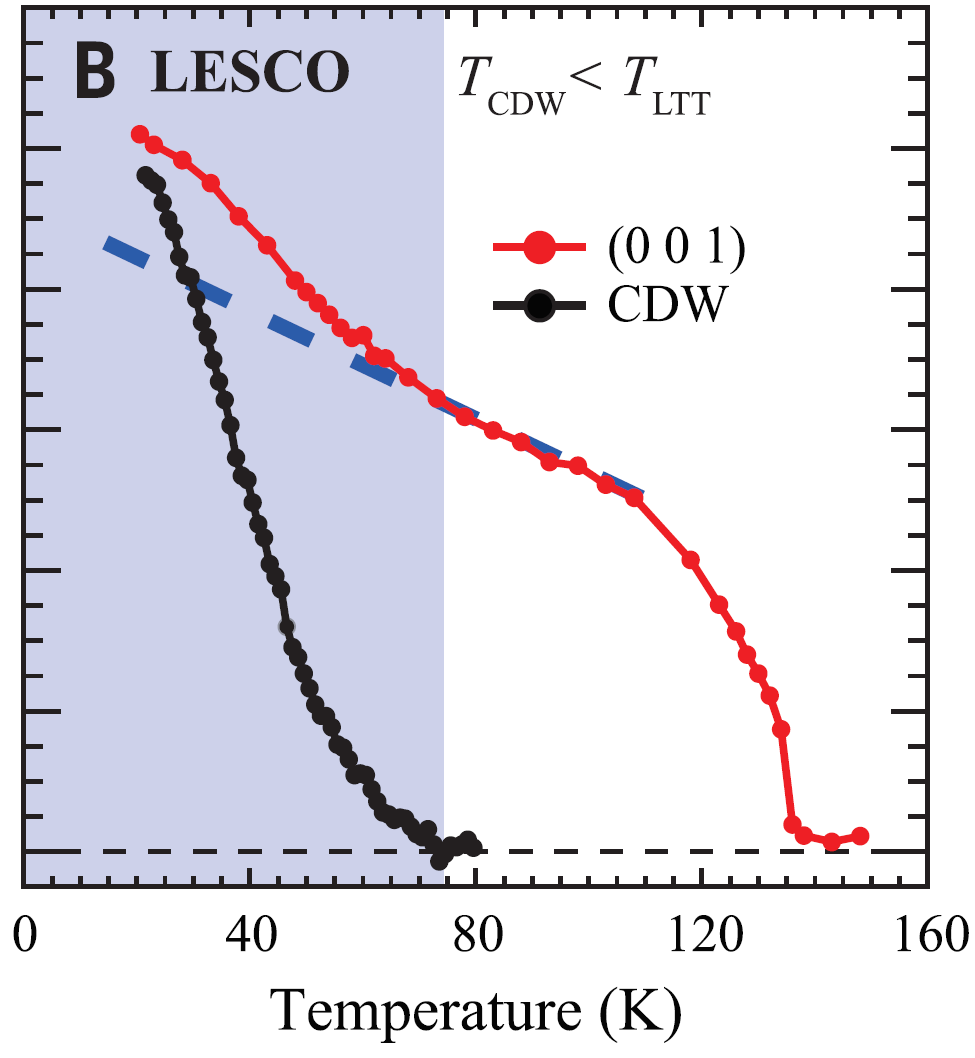
Posted on February 09, 2016Research Highlight : Nematicity in stripe-ordered cuprates probed via resonant x-ray scattering
Disentangling intertwined orders In copper oxide superconductors, several types of order compete for supremacy. In addition to superconductivity, researchers have found periodic patterns in charge density (CDW order), as well as an asymmetry in the electronic density within the unit cell of some cuprates (nematicity). CDW order has been detected in the underdoped regime of all major cuprate families, but the ubiquity of nematicity is less clear. Achkar et al. used resonant x-ray scattering to find that, in the copper oxide planes of three lanthanum-based cuprates, nematicity has a temperature dependence distinct from that of a related structural distortion. This implies that there are additional, electronic mechanisms for nematicity.
-
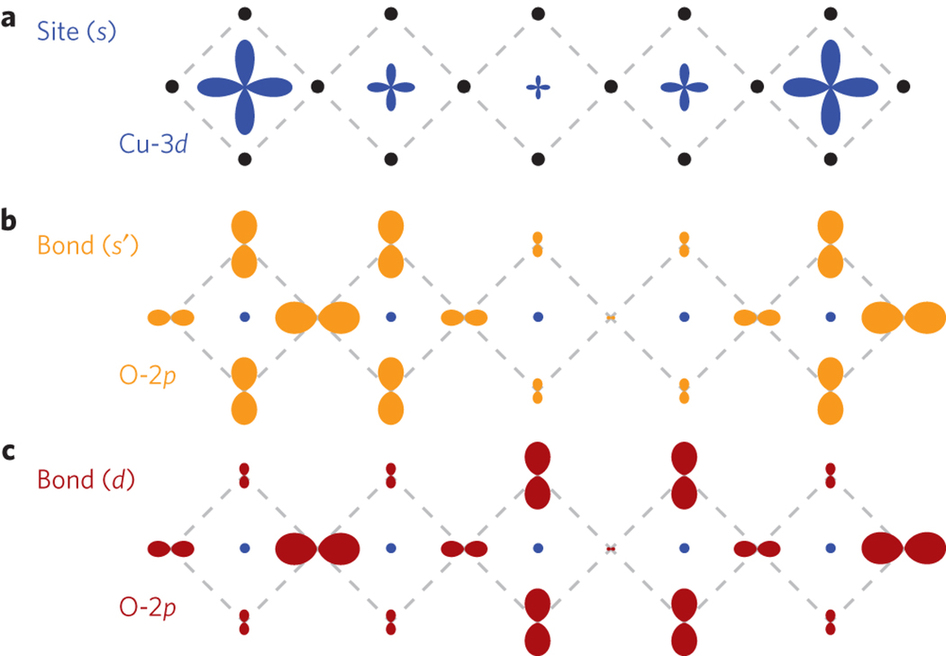
Posted on May 25, 2015Research Highlight : Symmetry of charge order in cuprates
Which one is the prominent character of density wave order? Charge-ordered ground states permeate the phenomenology of 3d-based transition metal oxides, and more generally represent a distinctive hallmark of strongly correlated states of matter. The recent discovery of charge order in various cuprate families has fuelled new interest into the role played by this incipient broken symmetry within the complex phase diagram of high-Tc superconductors. Here, we use resonant X-ray scattering to resolve the main characteristics of the charge-modulated state in two cuprate families: Bi2Sr2−xLaxCuO6+δ (Bi2201) and YBa2Cu3O6+y (YBCO). We detect no signatures of spatial modulations along the nodal direction in Bi2201, thus clarifying the inter-unit-cell momentum structure of charge order. We also resolve the intra-unit-cell symmetry of the charge-ordered state, which is revealed to be best represented by a bond order with modulated charges on the O-2p orbitals and a prominent d-wave character. These results provide insights into the origin and microscopic description of charge order in cuprates, and its interplay with superconductivity.
